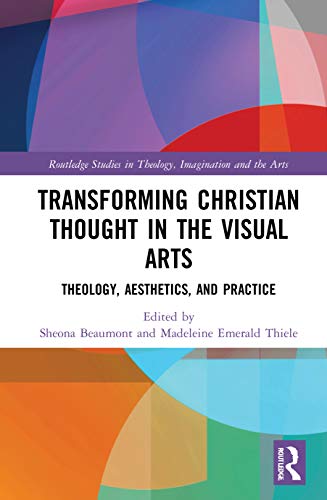

Most ebook files are in PDF format, so you can easily read them using various software such as Foxit Reader or directly on the Google Chrome browser.
Some ebook files are released by publishers in other formats such as .awz, .mobi, .epub, .fb2, etc. You may need to install specific software to read these formats on mobile/PC, such as Calibre.
Please read the tutorial at this link: https://ebookbell.com/faq
We offer FREE conversion to the popular formats you request; however, this may take some time. Therefore, right after payment, please email us, and we will try to provide the service as quickly as possible.
For some exceptional file formats or broken links (if any), please refrain from opening any disputes. Instead, email us first, and we will try to assist within a maximum of 6 hours.
EbookBell Team

4.1
70 reviewsThis volume explores how the visual arts are presenting and responding to Christian theology and demonstrates how modern and contemporary artists and artworks have actively engaged in conversation with Christianity. Modern intellectual enquiry has often been reluctant to engage theology as an enriching or useful form of visual analysis, but critics are increasingly revisiting religious narratives and Christian thought in pursuit of understanding our present-day visual culture.
In this book an international group of contributors demonstrate how theology is often implicit within artworks and how, regardless of a viewer’s personal faith, it can become implicit in a viewer’s visual encounter. Their observations include deliberate juxtaposition of Christian symbols, imaginative play with theologies, the validation of non-confessional or secular public engagement, and inversions of biblical interpretation. Case studies such as an interactive Easter, glow-sticks as sacrament, and visualisation of the Bible’s polyphonic voices enrich this discussion. Together, they call for a greater interpretative generosity and more nuance around theology’s cultural contexts in the modern era.
By engaging with theology, culture, and the visual art, this collection offers a fresh lens through which to see the interaction of religion and art. As such, it will be of great use to those working in Religion and the Arts, Visual Art, Material Religion, Theology, Aesthetics, and Cultural Studies.